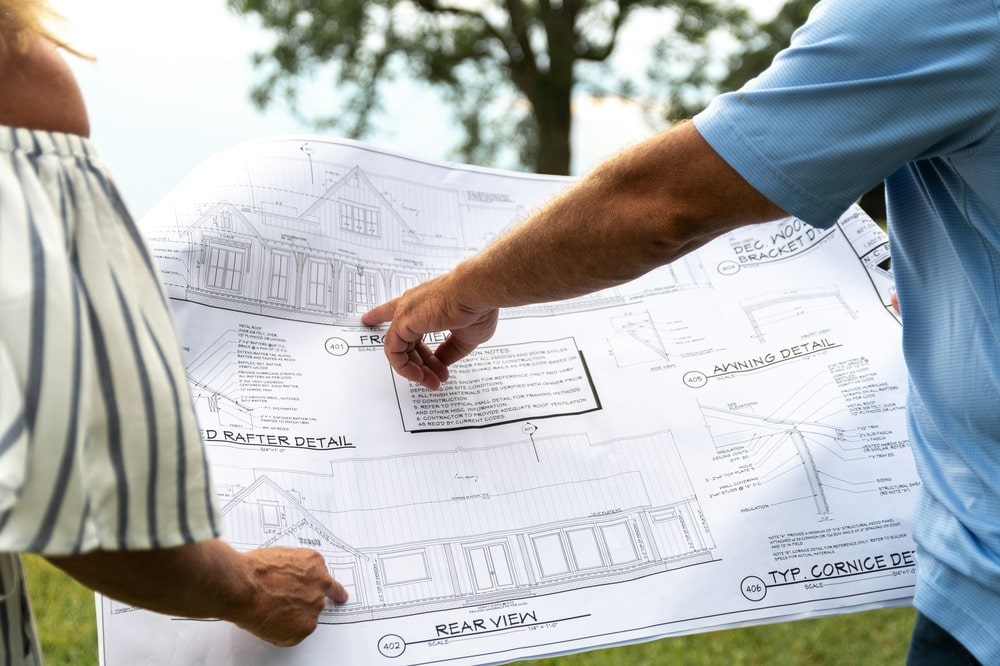
How to Hire the Right Tradesperson for Your Home Project
Learn the essential steps to find, vet, and hire qualified tradespeople who will deliver quality work for your home renovation or repair project.
Mike Jameson
Learn how to interpret and compare contractor quotes to make informed decisions about your home improvement projects.

When planning a home improvement project, comparing multiple quotes is essential for making an informed decision. However, understanding the details and nuances of these estimates can be challenging. This guide will help you decode tradesperson quotes, identify red flags, and compare offers effectively.
Before analyzing documents from contractors, it's important to understand the terminology being used.
A quote is a fixed price offer that can't be changed once accepted unless the project scope changes. It provides certainty about the cost and is legally binding once accepted.
An estimate is an educated guess of what a job might cost. It's not legally binding and may change as the project progresses. Estimates typically include a range or "not to exceed" amount.
A bid is a contractor's offer to complete a project for a specified price, similar to a quote but often used in competitive situations where multiple contractors are vying for the same job.
A comprehensive quote should include several essential elements. Use this checklist to evaluate the thoroughness of quotes you receive.
The quote should clearly identify the business providing the service, including:
This is perhaps the most important section of the quote. It should clearly outline what work will be performed, including specific areas of your home, materials to be used, and any special techniques or equipment required. The more detailed this section, the less room for misunderstandings later.
Quotes should include details about materials that will be used, such as:
Rather than a single bottom-line figure, a good quote should break down costs into categories such as materials, labor, permits, disposal fees, and any subcontractor work. This level of detail allows you to see exactly what you're paying for and makes it easier to compare quotes from different providers.
The quote should include:
The quote should clearly state when payments are due and in what amounts. Typically, this includes a deposit upon signing the contract, progress payments at specific milestones, and a final payment upon completion. BE WARY.
Details about any warranties offered on workmanship and materials should be included, noting the duration of coverage and what is specifically included or excluded.
When reviewing quotes, watch for these warning signs that might indicate potential problems:
When you've received multiple quotes for your project, comparing them effectively requires a systematic approach.
List each contractor across the top and key elements of the quote down the side. Include categories like total cost, material costs, labor costs, timeline, payment schedule, and warranties. This visual arrangement makes it easier to spot differences and similarities.
The lowest price isn't always the best value. Consider the quality of materials specified, the contractor's reputation and experience, and the comprehensiveness of the quote itself. A slightly higher quote that includes better materials or a more detailed scope of work may provide better value in the long run.
Ensure that each quote covers the same scope of work. If one quote includes services that others don't, either ask the other contractors to revise their quotes to include these services or mentally adjust the price for fair comparison.
Don't hesitate to seek clarification on any aspect of a quote. Here are some questions to consider asking:
Understanding quotes and estimates is an essential skill for any homeowner undertaking a renovation or repair project. By knowing what to look for, what questions to ask, and how to compare multiple offers, you can make informed decisions that lead to successful project outcomes and positive relationships with tradespeople. Remember that the most detailed quote often indicates a contractor who communicates clearly and thinks systematically—qualities that translate into better project execution.
Homeowner

Learn the essential steps to find, vet, and hire qualified tradespeople who will deliver quality work for your home renovation or repair project.
Mike Jameson

Discover how TradesPool stands out from the competition by offering a smarter, more reliable, transparent, and community-focused solution for homeowners and tradespeople alike.
Noor Sadique